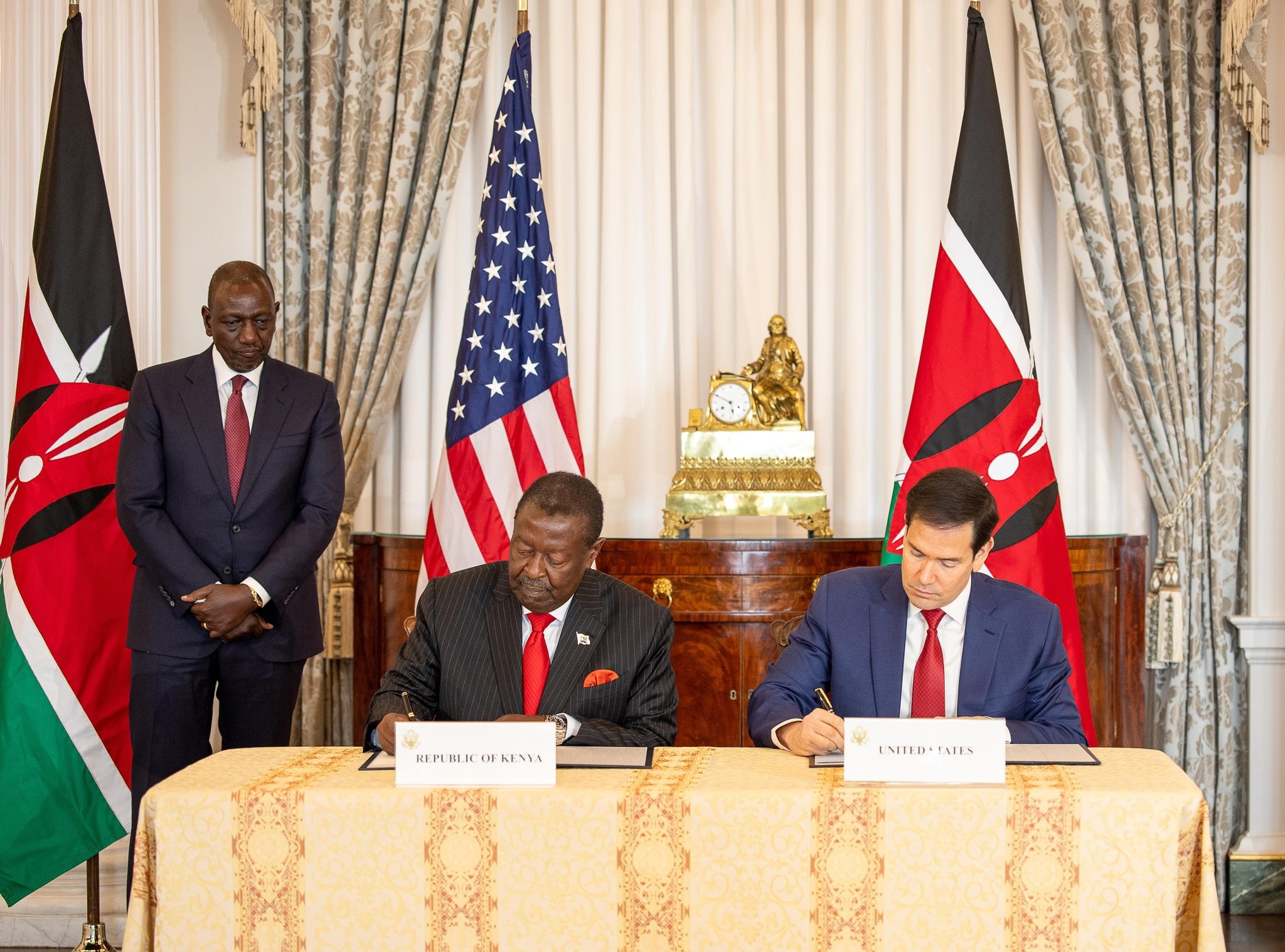

Kenya has successfully returned to the international capital markets, raising $1.5 billion (Sh194 billion) through a new Eurobond targeted at debt restructuring.
The issuance, managed by Citi and Standard Bank as Joint Lead Managers, marks a new chapter in the government's ongoing strategy to proactively manage public debt.
As part of the deal, Kenya also executed a $579 million (Sh74.89 billion) buyback of its 2027 Eurobond, easing pressure on its medium-term debt obligations.
The transaction, which closed on March 5, allowed the government to tighten pricing to a 9.95 per cent yield with a 9.50 per cent coupon and extend maturities out to 2036.
The bond will pay off in equal instalments over its final three years, giving it a ten-year weighted average life.
The proceeds from the bond were used to fund the tender offer for the 2027 notes, which settled on March 10.
Treasury officials described the deal as a clear vote of confidence from international investors, citing the 64 per cent participation rate in the tender offer and the ability to upsize the issuance as indicators of Kenya’s renewed credibility in global markets.
“This transaction underscores Kenya’s commitment to prudent fiscal management and sustainable debt service. It reduces near-term refinancing risk and positions the country to pursue its economic transformation agenda with greater financial stability.” said Citibank Kenya Managing Director & CEO Martin Mugambi.
This marks Kenya’s second consecutive successful transaction in collaboration with Citi and Standard Bank under a broader liability management strategy.
The two financial institutions previously played a role in reintroducing Kenya to global capital markets following a three-year hiatus.
“This deal reaffirms Citi’s role as a trusted advisor in supporting sovereign access to international capital. It also highlights our ongoing commitment to Kenya’s development and economic growth,” added Mugambi,
Stanbic Bank Kenya and South Sudan, CEO Joshua Oigara, said the successful Eurobond issuance is expected to strengthen Kenya’s fiscal position, reassure markets, and maintain access to external financing on sustainable terms—critical as the country navigates global uncertainties and pursues ambitious development goals.
“Strong investor demand reflects confidence in Kenya’s fundamentals and strategic direction. Standard Bank remains committed to supporting Kenya’s economic transformation by delivering innovative financial solutions.”
The National Treasury Cabinet Secretary John Mbadi disclosed that as of March 2025, Kenya’s total public debt had risen to Sh11.02 trillion, up from Sh10.5 trillion in June 2024.
The increase, he said, underscored the urgency of implementing effective debt management tools to curb future fiscal vulnerabilities.
The MTDS comes at a time when Kenya is reasserting itself in international capital markets, following its successful $1.5 billion Eurobond issuance and partial buyback of the 2027 Eurobond earlier this year—a move widely seen as a step toward improving debt sustainability and investor confidence.
The government hopes the new strategy will not only ensure long-term debt viability but also support broader economic reforms aimed at stimulating growth and investment.
Treasury had earlier in the year launched its 2025 Medium-Term Debt Strategy (MTDS), setting out a roadmap to manage public debt more sustainably over the next three years amid rising fiscal pressures and global financial volatility.
“The goal of this strategy is to realign our borrowing practices to ensure debt sustainability while supporting economic growth. We must proactively manage our liabilities to reduce refinancing risks and protect the economy from external shocks,” said Mbadi.
Among the key priorities in the MTDS are reducing the reliance on short-term Treasury bills, extending the maturity profile of public debt instruments, and deepening the domestic debt market to enhance resilience.
The strategy also emphasises striking an optimal balance between concessional and commercial external financing.













